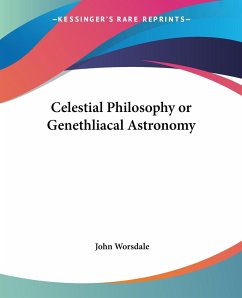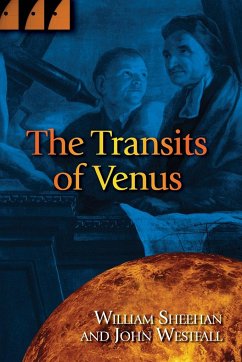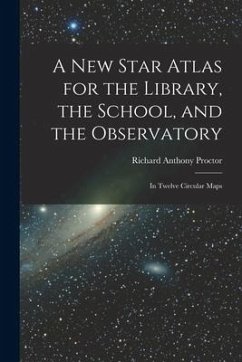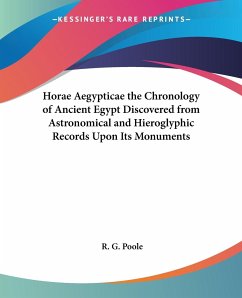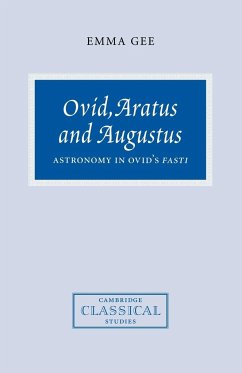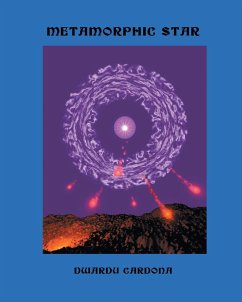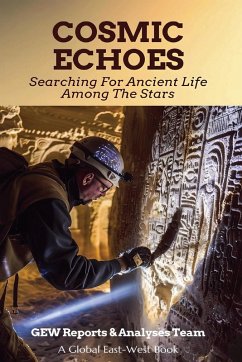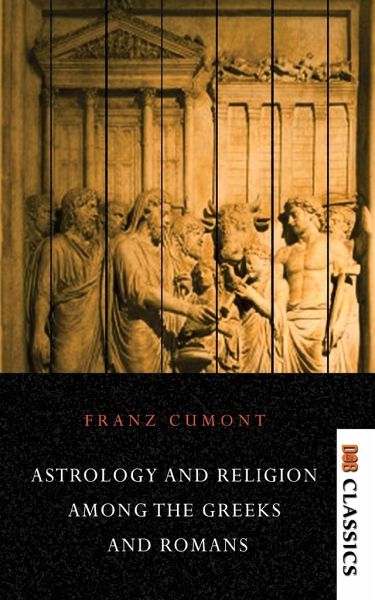
Astrology and Religion Among the Greeks and Romans
Versandkostenfrei!
Versandfertig in 1-2 Wochen
15,99 €
inkl. MwSt.
Weitere Ausgaben:

PAYBACK Punkte
8 °P sammeln!
Franz Cumont shows that astronomical knowledge was developed over time in the ancient Near East, eventually allowing prediction of phenomena such as the location of the planets, the phases of the moon, and eclipses. This knowledge was used as the basis of a religious system which was integrated into Greek and Roman Paganism. This involved worship of the planets and stars and a belief that after death (if virtuous) we ascend to the heavens. Other aspects of ancient star-worship that are still with us are our seven-day week and the transference of the winter Solstice into the celebration of the ...
Franz Cumont shows that astronomical knowledge was developed over time in the ancient Near East, eventually allowing prediction of phenomena such as the location of the planets, the phases of the moon, and eclipses. This knowledge was used as the basis of a religious system which was integrated into Greek and Roman Paganism. This involved worship of the planets and stars and a belief that after death (if virtuous) we ascend to the heavens. Other aspects of ancient star-worship that are still with us are our seven-day week and the transference of the winter Solstice into the celebration of the birth of Christ.





